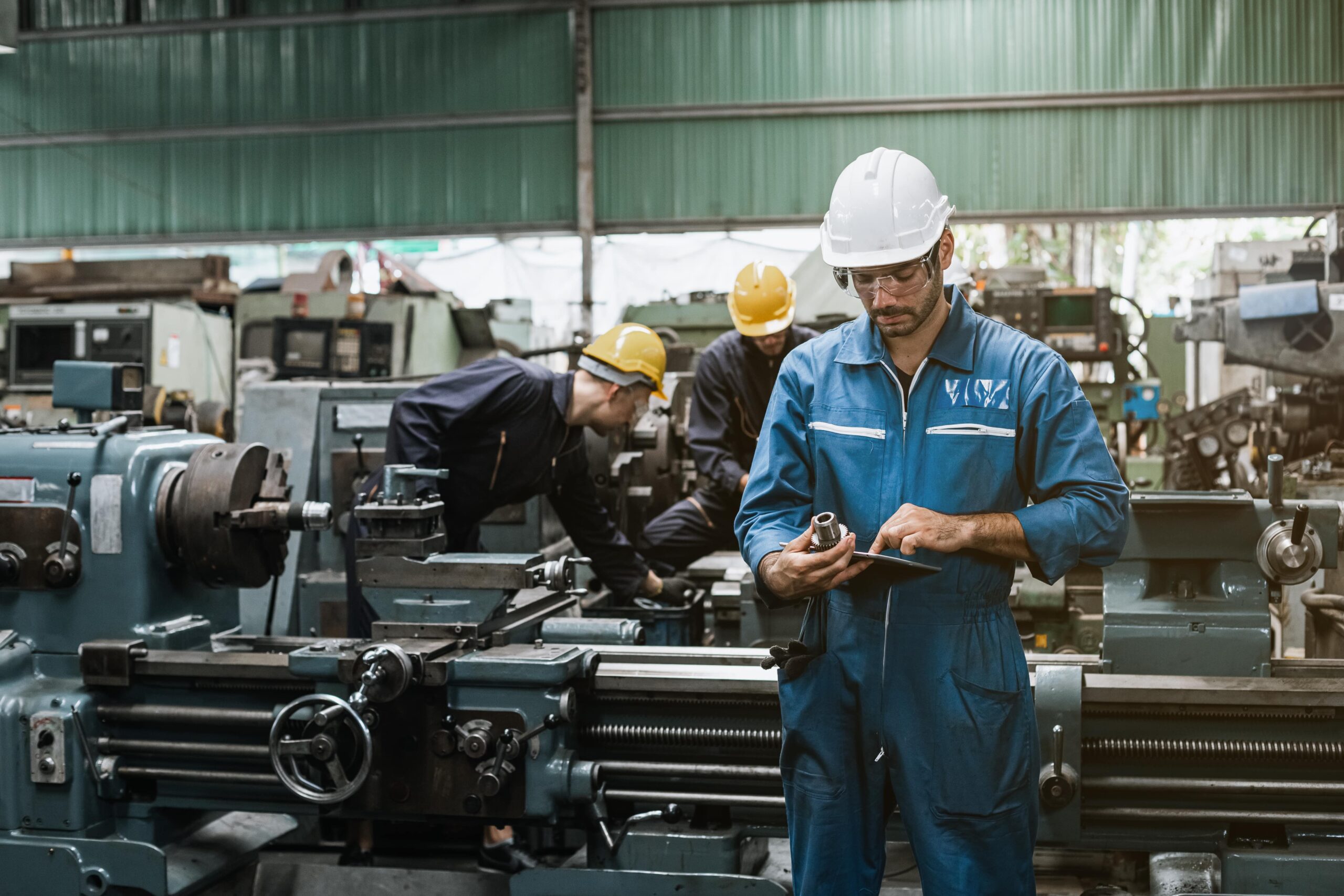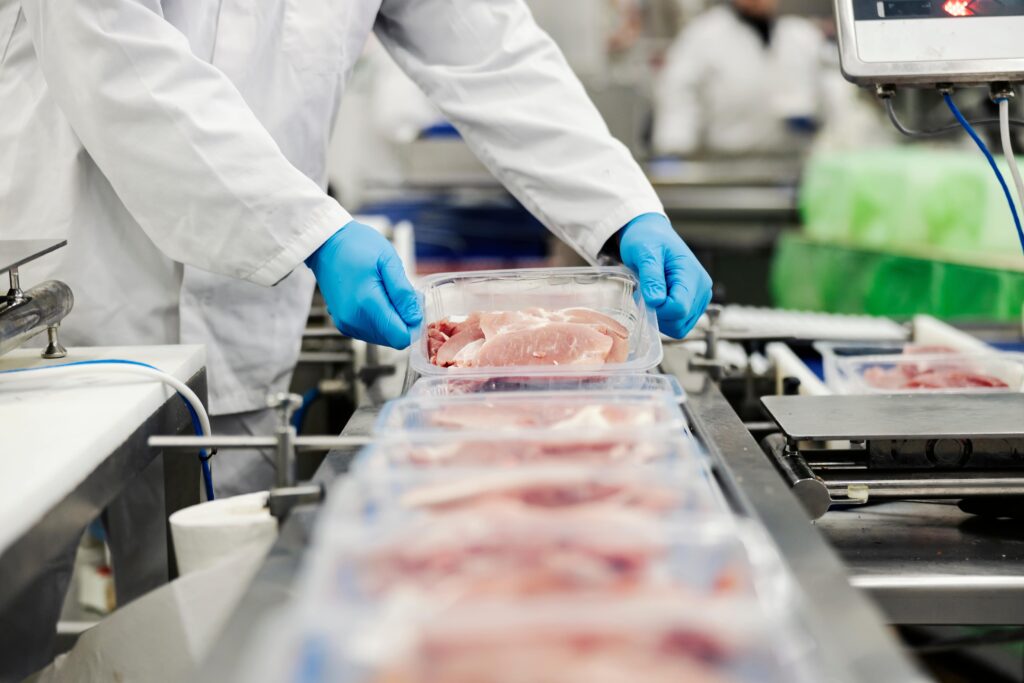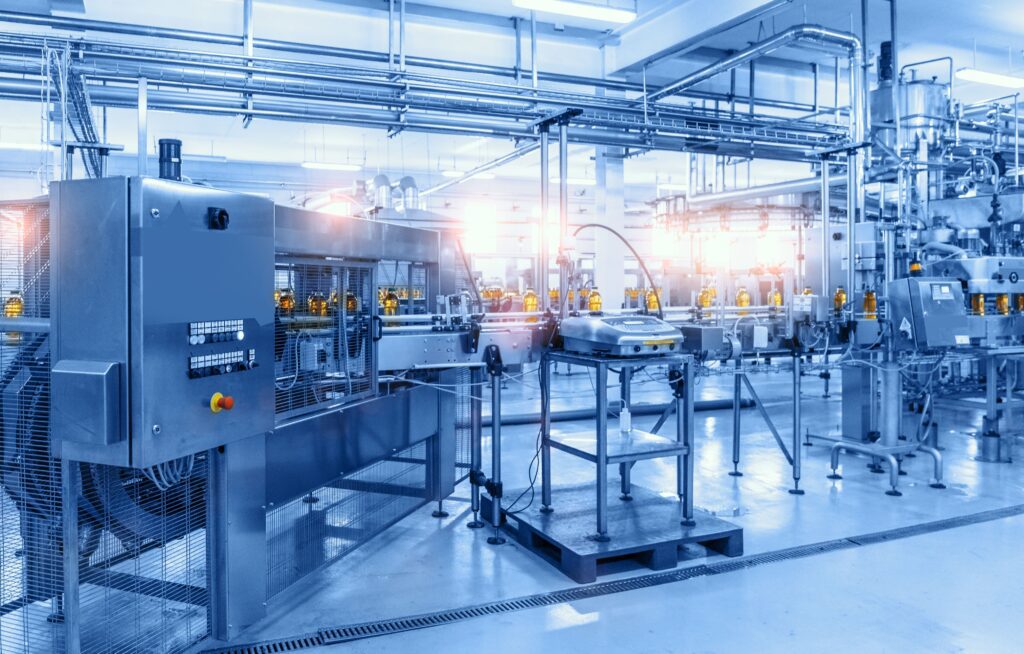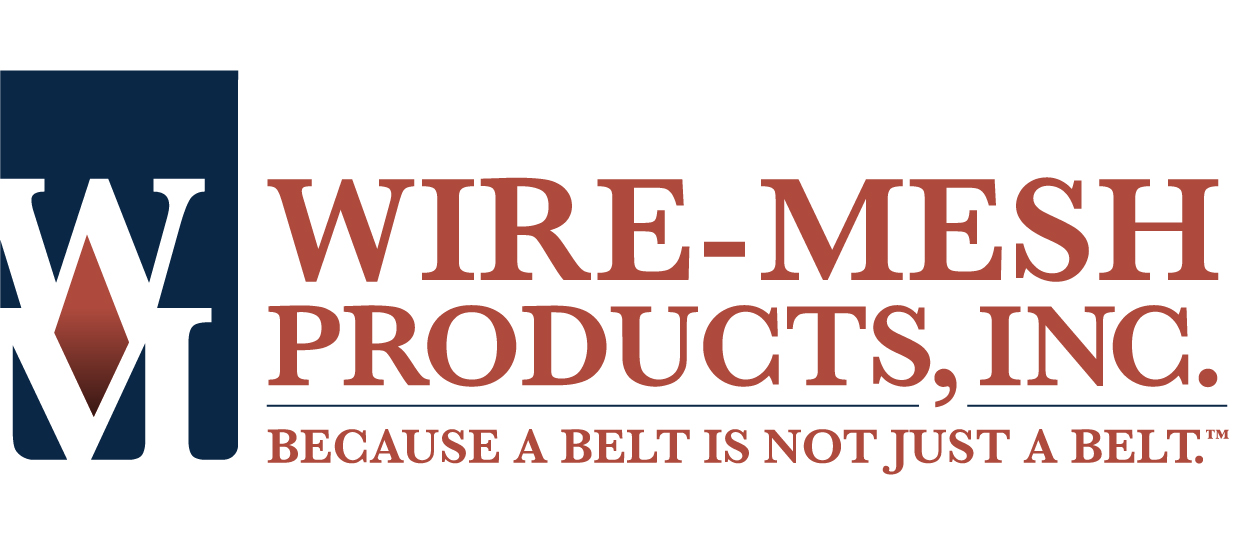
Running a successful operation or business is a full-time job, and therefore likely takes up the majority of your time and energy – as it should. Understanding common conveyor belt processes isn’t something you probably worry about until you’re looking for a solution to a belt problem.
Rather than let our customers stress about finding the right information, we’ve put together a conveyor belt guide to answer your questions and make your life easier.
How To Clean A Conveyor Belt
Belt cleanliness is essential for maintaining the standard level of hygiene and product safety throughout any operation.
In certain industries, like food and beverage processing, learning how to clean a conveyor belt is imperative to help reduce the risk of contamination; however, regular cleaning ensures any belt, no matter what it’s used for, remains in good condition. Proper cleaning can also contribute to fewer replacements and repairs over time.
While the terms cleaning, disinfection, and sanitation are often used interchangeably, they don’t mean the same thing. Each plays an important role in upholding safety and hygiene standards.
- Cleaning- removing unwanted substances, such as dirt, soil, infectious agents, or other impurities.
- Disinfection- killing harmful bacteria and other pathological agents to obtain a microbe-free environment.
- Sanitation- using sanitizer (a chemical agent) to reduce the number of microbes to a safe level.
Belt sanitation can happen either off-line or on-line. If it is being cleaned off the line, the belt must be disassembled from the conveyor, conversely, when the belt is cleaned on the line, it remains on the conveyor system. On-line sanitation can occur when the conveyor belt is operating.
When learning how to clean a conveyor belt, you need to be familiar with the different cleaning types or processes. There are three main ways to clean a conveyor belt: manually, semi-automated, and fully automated. What you choose will depend on the size of your conveyor belt system, industry, and other factors.
We recommend implementing regular cleaning practices to ensure your belts remain up to safety standards. After cleaning your belt, you may find that it is time for a replacement, in which case Wire-Mesh Products can help.
Manual Cleaning
While it is the most affordable method, manual cleaning is labor-intensive and consumes a lot of time and energy. It can be effective for smaller food processing operations, but for larger companies, manually cleaning belts may delay and reduce productivity.
It’s important to remember that when manually cleaning, it’s often difficult to reach every part of the belt, as a result, the belt and equipment will need to be fully dismantled, this would be an example of off-line cleaning. When manually cleaning a conveyor belt, the following methods are often used:
- Sweeping and brushing out the debris and carrybacks
- Scrapping sticky substances, foods, and food fragments
- Scrubbing stains along the belt
- Rinsing
- Wiping and vacuuming to dry and remove residue
Manual cleaning will also require specific tools, including but not limited to:
- Water brush
- Brush cleaner
- Roller
- Wash box
Semi-Automated Cleaning
In this cleaning process, some phases are done manually while others are automated. The automated parts often include dry vacuuming, spraying, and rinsing, while the manual parts are typically brushing and scraping.
This type of cleaning is much faster than manual cleaning, but can still take up a lot of time and labor. Since part of this cleaning process is done manually, some tools will still be required including:
- Cleaning brushes
- Wash box
Fully Automated
The ideal cleaning choice for large productions and material handling and food processes is fully automated. This reduces downtime and is the most effective when reaching safety and hygiene standards. In fully automated cleaning processes, the belt will go through a clean-in-place (CIP) system while it is operating.
This system is designed for both wet and dry cleaning processes. In dry cleaning stations, the CIP will often use rotating motorized brushes and scrapers whereas in wet cleaning stations, they will use spray jets or steam nozzles.

How To Connect A Conveyor Belt (Splicing)
This part of our conveyor belt guide will explain how to connect a conveyor belt, a process commonly known as splicing.
Sometimes, during belt replacement or repair, two trimmed ends of a conveyor belt are joined together to create a continuous loop. This process is called splicing and is often used to increase belt performance or longevity.
There are many ways you can learn how to connect a conveyor belt, but the two most common types of splicing are mechanical and vulcanization. Deciding how to connect a conveyor belt will depend on the belt’s material type and size.
The process of splicing a conveyor belt involves both chemical and mechanical procedures, therefore, it should not be attempted without the proper tools and equipment. Some of these include:
- Belt cutters- used for cutting wire or other durable belt materials.
- Belt clamps- used to hold the two ends of the belt together while splicing.
It’s important to also remember that learning how to connect a conveyor belt or splicing, is a complex process and should only be performed by professionals. If you need assistance, our team has the experience and resources to help.

How To Install A Conveyor Belt
The final part of our conveyor belt guide covers how to install a conveyor belt as well as essential belt conveyor alignment procedures.
Belt Installation
The first thing to address before learning how to install a conveyor belt is whether you are replacing an existing belt, or installing a new one on an empty system. In belt replacements, the old belt is typically used to pull the new one into place.
If the system doesn’t have an existing belt to help guide the new one into place, the recommended method is to run a cable along the intended belt path. The belt is then pulled into position using the proper tools, such as a sized winder.
During installation, it’s essential that the fastening method between the new belt and the old belt, or the new belt and the cable, is strong enough to overcome three main obstacles:
- Frictional forces of the belt against idlers and pulleys.
- Gravitational forces of any elevation changes.
- Inertia forces that are involved in the start of the pull.
It is recommended that before any installations begin, a line-pull calculation is done to ensure that the equipment being used is suitable for the process.
Methods of pulling the belt will also vary depending on its weight and length. The most common methods are to either use a winder or a winch. Once installation begins, the winder or winch will reel the cable or old belt, feeding the belt onto the conveyor system at a controlled speed.
Belt Tracking
Belt conveyor alignment procedures are necessary to guarantee your new belt continues to run smoothly. A poorly tracking belt can cause a variety of short and long-term problems for an operation. This is why proper tracking is the best way to ensure it runs efficiently and for a long time.
First, survey the equipment for proper alignment and establish reference points and benchmarks. Doing this makes it easier for you to spot-check in the future.
Next, replace the return rollers with indexed adjustable rollers (located towards the drive end). These additional tracking rollers help keep the belt straight on the return rollers, allowing for finer adjustment of the tracking system.
We recommend establishing a formal tracking procedure that assigns the responsibility for a specific belt to a single individual. This ensures that fewer mistakes are made and communication is efficient.

With the information in this blog, you should be able to find answers to some of the common questions people have when it comes to conveyor belts. But, keep in mind, that this conveyor belt guide only covers the basics – there’s a lot more to learn. Fortunately, we’re experts in complex conveyor belt problems and solutions.
Ready to upgrade your belting? Contact us today to learn more about how we can help.



